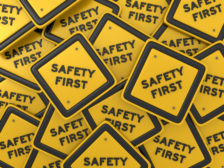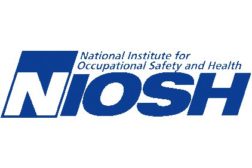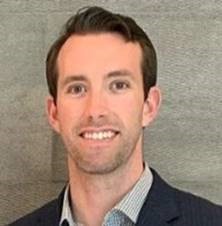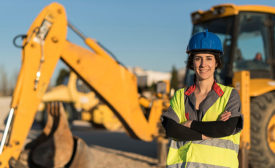Workplace Safety Culture
ADVERTISEMENT
White Paper | ISO 45001
Developing a Culture of Safety Beyond the Boundaries of the Factory
January 14, 2021
Building successful careers
Women in construction should take advantage of available resources
December 8, 2020
Become a Leader in Safety Culture
Build your knowledge with ISHN, covering key safety, health and industrial hygiene news, products, and trends.
JOIN TODAYCopyright ©2025. All Rights Reserved BNP Media.
Design, CMS, Hosting & Web Development :: ePublishing










